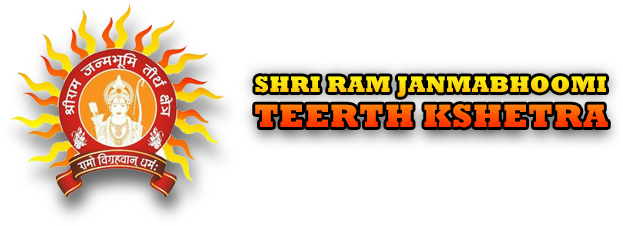


DEVELOPMENT OF ECONOMICALLY FEASIBLE CONSTRUCTED WETLAND TECHNOLOGY FOR TREATING GREY WATER IN A VILLAGE
AISHE CODE: U-0458
Report Submitted by
Dr.B.Perumal & Dr.S.Vanitha Associate Professor, Department of ECE & Civil, Kalasalingam Academy of Research and Education, Anand nagar, Krishnankoil-626126, Tamilnadu, India.
Email: perumal@klu.ac.in, mobile: 9865690390 Email: s.vanitha@klu.ac.in, mobile: 8438979606
The wastewater generation from Pillaiyarnatham village is visited by our team. Many of them don't have proper drainage facilities. The grey water contains bathroom wastewater and kitchen wastewater. A Total of 200 families are living in the village. Pillayarnatham is situated in semi arid region and the water table is low. Figure 1 shows the present condition of disposal of wastewater. In the rainy season the grey water becomes stagnant and creates a mosquito problem, bad odour, affecting movement in the village.The character of grey water is shown in Table 1. The major portions of sewage are bath room water. Almost 60% of sewage consists of grey water. Grey water or sullage is defined as all the wastewater generated in households or office buildings from streams without fecal contamination, i.e. all streams except for the wastewater from toilets. Sources of grey water include sinks, showers, baths, washing machines or dishwashers. It is observed from table 1 the Chemical Oxygen Demand (COD), Total Solids (TS) are rich in wastewater.
SELECTION OF OPTIMAL SOLUTION
Construction of Laboratory scale model.
It is a known fact that the concentration of focusing towards a sustainable approach in waste management. Figure 2 shows Laboratory constructed wetland for treating greywater. Initially gravel and cobbled layers are laid at bottom. Above the layer, combination loamy and red soil is collected near the region and filled in the tank. Canna lily commonly found in this region is collected and planted in the lab scale set up. Constructed wetland is the assemblage of plants, microorganisms and filter media to support the pollutant removal in wastewater.
In constructed wetland first the grey water is passed through the inlet and water for its growth. Finally the water quality before treatment and after treatment is inferred and compared with standards. It is observed that the percentage of removal of COD is 33%. But it now reaches the disposal standard. Hardness values also reach domestic standards. When considering total suspended solids, the removal is 68%. But the dissolved solids the removal is less. The value of pH falls in drinking water standards. Table 2 shows the water quality before and after treatment.
Implementation in field:
The water quality is tested in the laboratory setup is implemented in the field for a house Figure 3 shows implementation of experimental set up in the field. The advantage of constructed wetland is it does not need more energy. The selection of sustainable techniques not only helps the people from various sanitation issues but also it ensures safety to the people. This technique not affects the groundwater table and increases the ground water table
Note: If the fund is available, this technology can be implemented to all the people in the village
| S.No | Parameters | Average Value |
| 1 | pH | 8.07 |
| 2 | Hardness (mg/l) | 360 |
| 3 | Total Suspended Solids (TSS) (mg/l) | 2875 |
| 4 | Total Dissolved Solids (TDS) (mg/l) | 3125 |
| 5 | Chemical Oxygen Demand (COD) (mg/l) | 280 |
Table 2 Water quality before and after treatment
| Parameters | Value before passing sand plant filtration | Value after passing sand plant filtration | Percentage removed (%) |
| pH |
8.07 |
8.25 |
- |
| Hardness (mg/l) |
360 |
301 |
16.4 |
| Total Solids (TS) (mg/l) |
6000 |
3861 |
35.65 |
| Total Dissolved Solids (TDS) (mg/l) |
3125 |
2941 |
5.88 |
| Total Suspended Solids (TSS) (mg/l) |
2875 |
920 |
68.0 |
| Chemical Oxygen Demand (COD) (mg/l) |
280 |
187 |
33.0 |